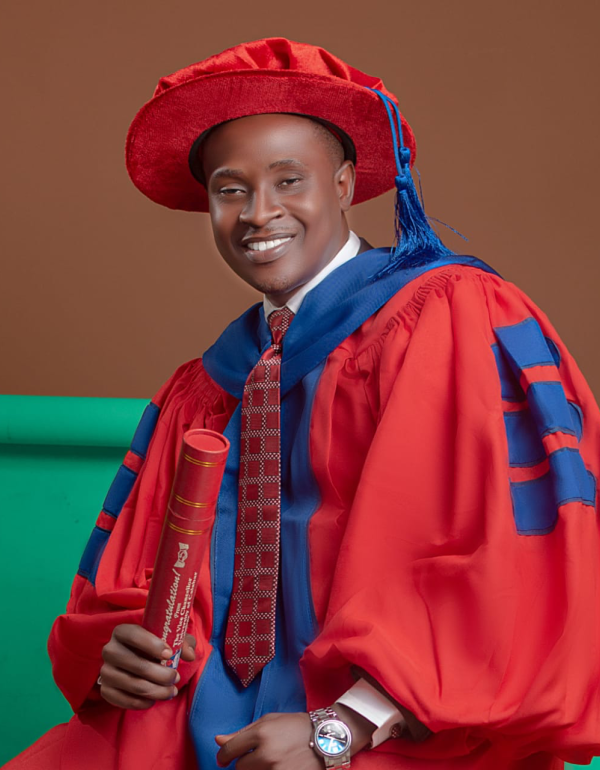PHY192: Introductory to Practical Physics II
This physics practical course PHY 192: INTRODUCTORY PRACTICALPHYSICS II is an integral part of your physics course, which reinforces some, if not all, the principles, theories and concepts you must have learnt in the courses PHY 190: Basic Apparatus in Physics and PHY 142: Geometric and Wave Optics.
Moreover, the physics practical is to enable you to know about the common apparatus like Cells, Potentiometer, Mirrors, Lens, and Resistors etc. Also, mirrors, lenses and/or prisms are the basic components of almost all image forming optical instruments. That is why there are some experiments on optics in this physics lab involving these devices.
This physics practical course is divided into two modules. Module I is pertaining to Optics practical and Module II has experiments on Electricity. Each module contains 5 experiments. In all, there are 10 experiments. You must have read about optical apparatus and electrical components in your physics course PHY 190: Basic Apparatus in Physics. The experiments of this practical course PHY 192 are based on PHY 190 physics course.
The contents of the experiments are presented in the simplest forms. In the beginning of each experiment, a brief theory of each experiment is discussed to make you clear about the experiments with the help of labeled diagrams. Procedure of each experiment has been presented in the simplest form.
You have to carry out the experiment step-by-step as mentioned in the procedure.You are expected to go through all the experiments before coming to laboratory work. For successful completion of an experiment, you should master skills of making measurements on a given apparatus, analyze data, and quote results.
To quote the results with correct number of significant figures, you have already learned about ‘Measurement’ and ‘Error Analysis’ in PHY 191: Introductory Practical Physics I. It is very important to mention here that, in particular, you should be very clear about the concept of graph paper and its use to express the result in a physics experiment. Here, you will use this technique of graph paper to obtain the results of the experiments.



